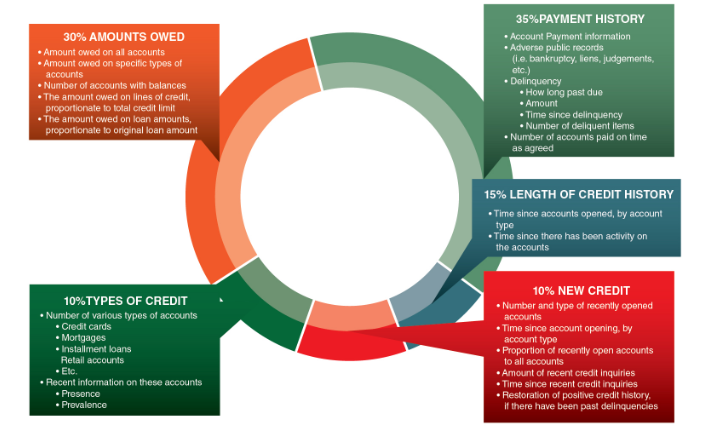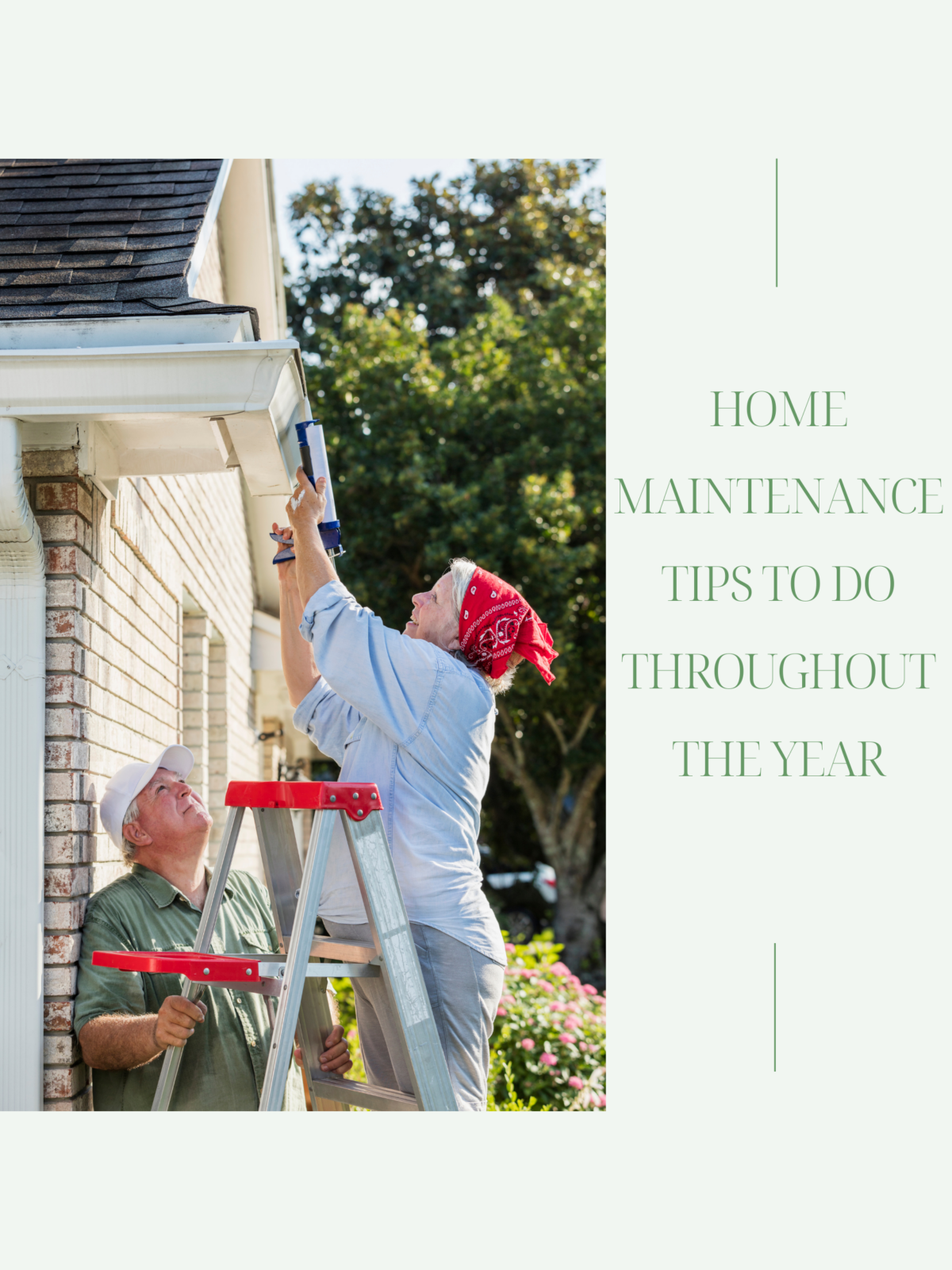When it comes to your credit score, there are 5 different categories that play into it. To keep your credit in good standing, you’ll first want to understand how your score is measured so that you can maintain it effectively. We have listed the 5 different categories and how much each one attributes towards it.
Payment History.
Your payment history is the largest category out of the 5 taking up 35%. In your history, your account payment information will display. Public records such as bankruptcy, liens, and judgments, will be listed here if any apply to you. If you have any delinquent payments or balances, it will display the amount, how long it’s past due, the length of time since delinquency, and the number of delinquent items. Any accounts paid on time will also be displayed within this category.
Amounts Owed.
Coming in at 30%, your outstanding balances are the next largest category to make up your credit score. All accounts that you currently owe on will be visible here. Specifics include how many accounts you currently owe, and how many accounts have balances. Amounts owed on different lines of credit proportionate to the total credit limit, as well as the amount owed on loan amounts proportionate to the original loan amount are also considered.
Length of Credit History.
This category makes up 15% of your credit score. Each type of account that you’ve opened as well as how long since they’ve been open is tracked. All activity that has taken place on each account from the time you opened will also appear.
Types of Credit.
The number of various account types will appear in this category making up 10% of your credit score. This includes your number of credit cards, mortgages, installment loans, retail accounts, etc. Any recent information you have on these accounts such as your presence and prevalence will contribute to your score.
New Credit.
All new credit that you accumulate will amount to 10% of your score. New credit is measured in several ways. Each account that you have recently opened as well as its specific type will be monitored. The amount of time that has passed since you have opened any accounts, as well as the proportion of recently opened accounts to all accounts, is considered. Each new credit inquiry, including time in-between inquires is accounted for, and if you have any past delinquencies, restoration of positive credit history will add to your score.




